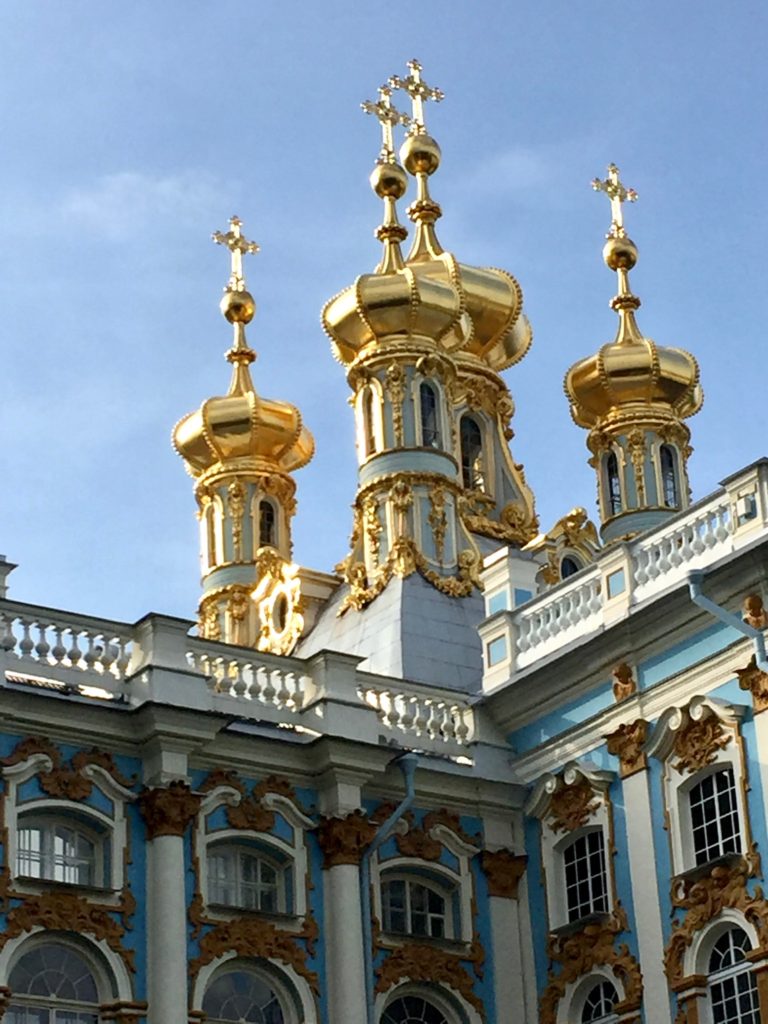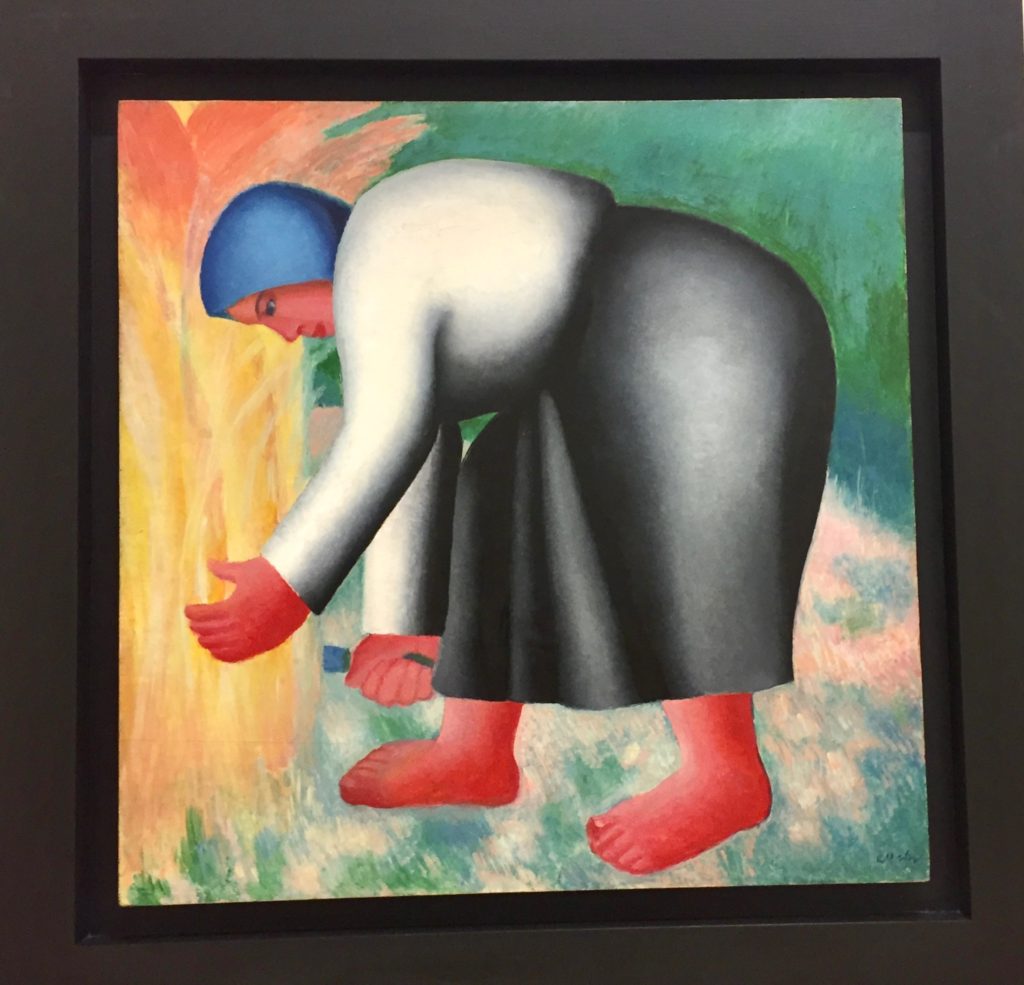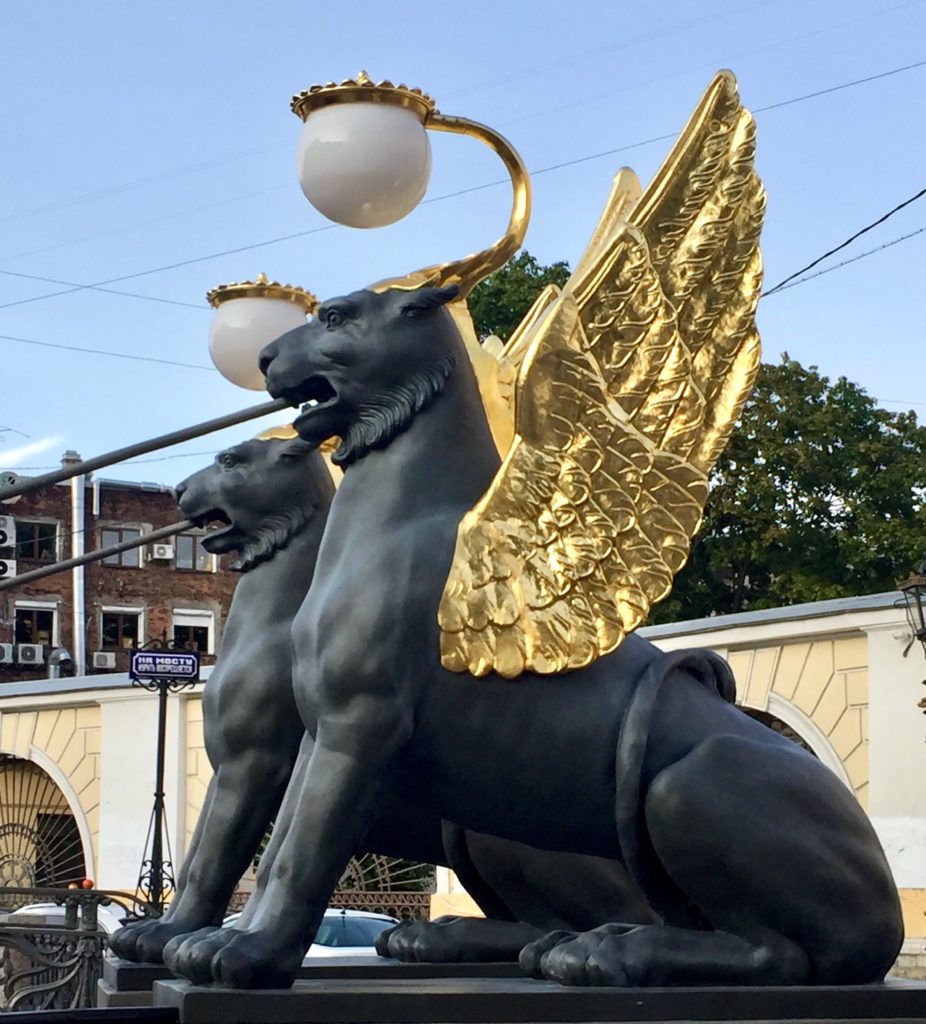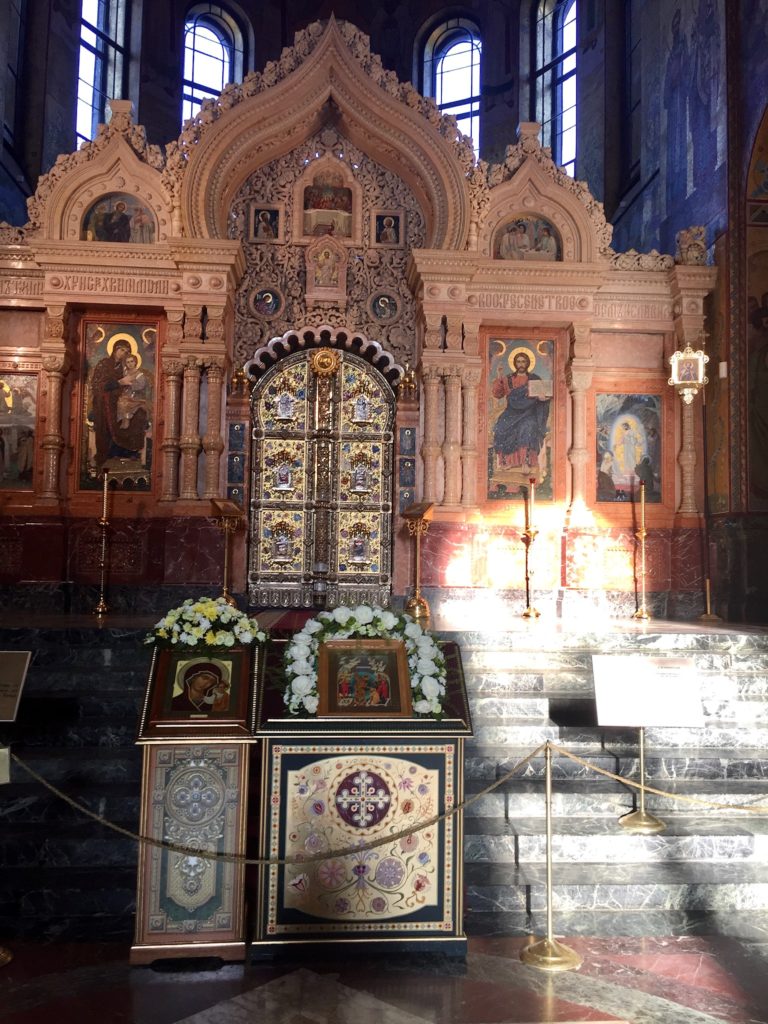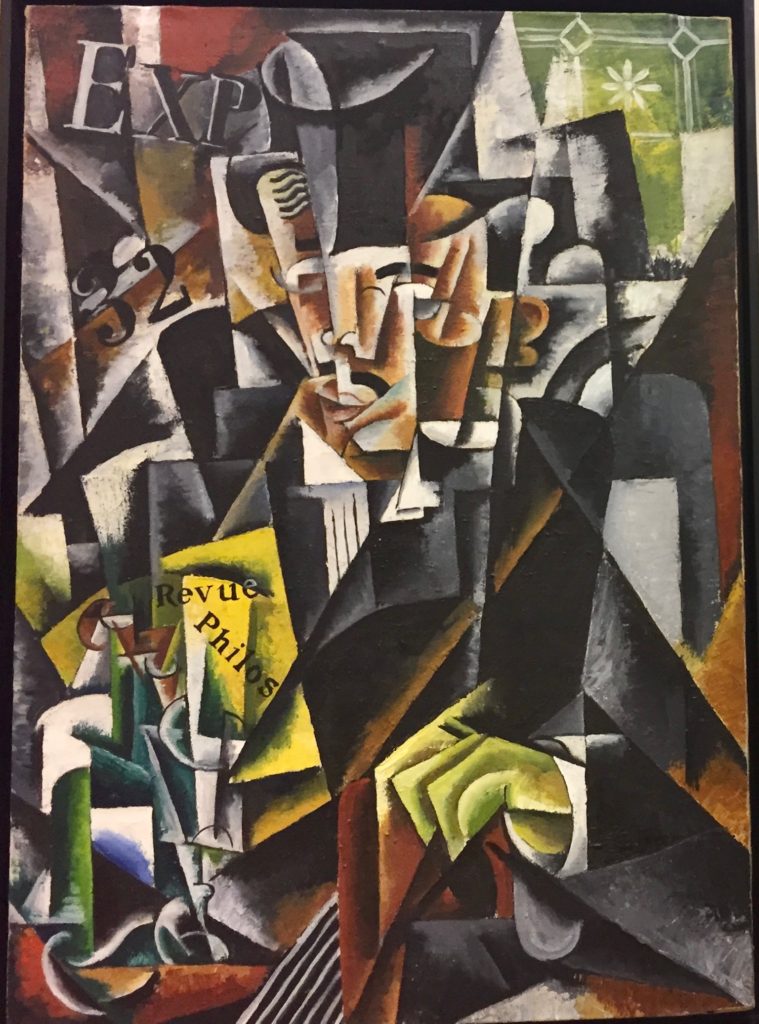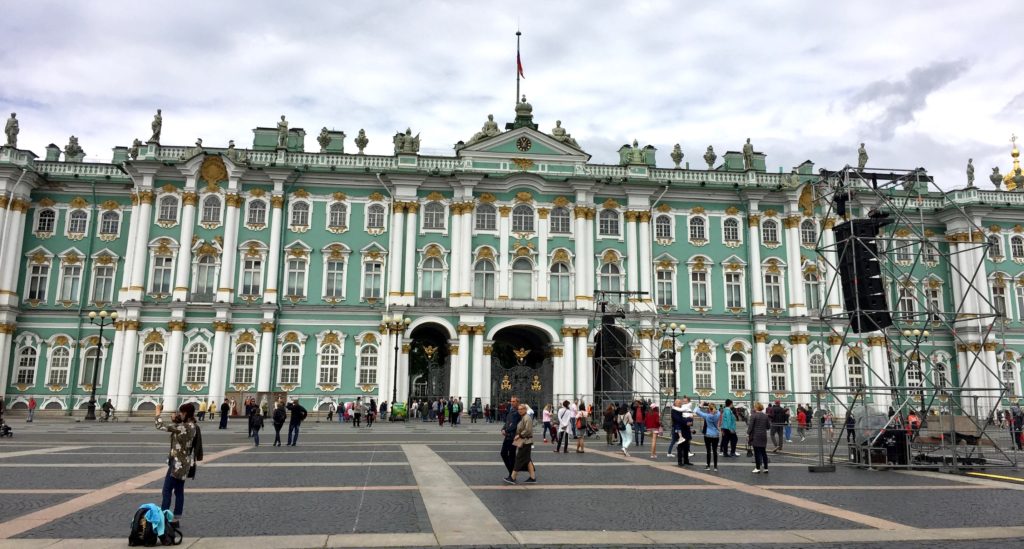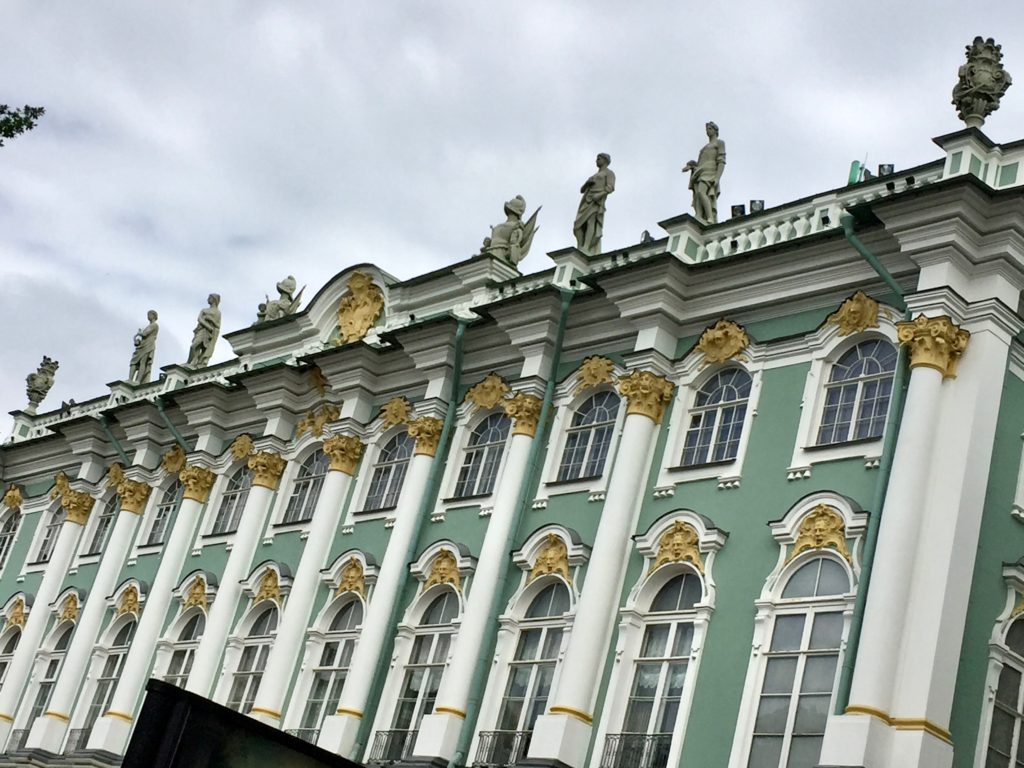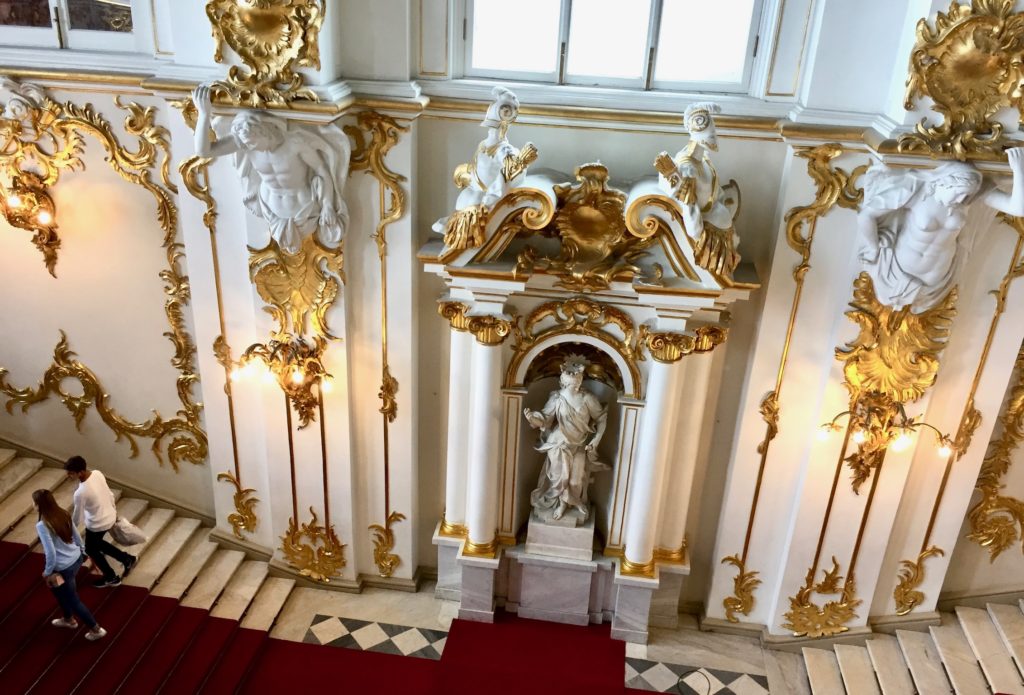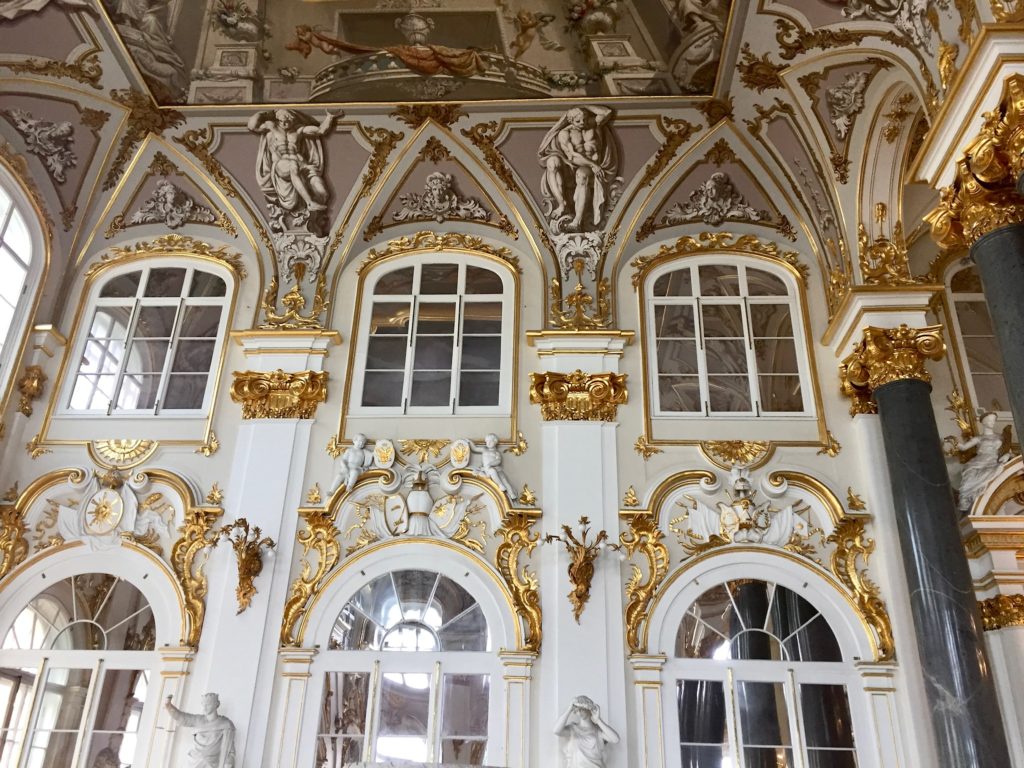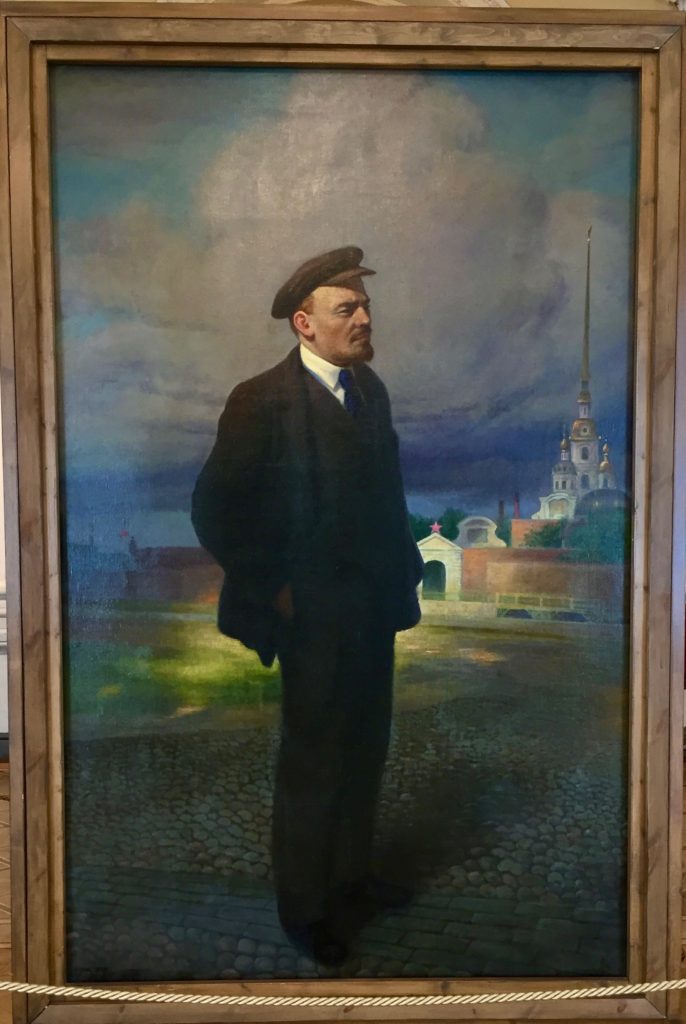And I Have the Picture to Prove It … Russia = Beauty
Russia Part Two: Out of the Depth of Despair, the Russians Pull out a Plum
July, 2019 Russia is the highest expression of beauty. And it does not matter how a person defines the term “beauty.” When a person connects to the universal truth of beauty — Russia does it all. Russia is beauty, whether that is expressed through fine art, architecture, aesthetics, literature, culinary art, fashion, dance, music, or even female (or male) pulchritude; plus more abstract ideas like a direct connection to God, or cosmic consciousness. Russia is the universal expression of beauty, however defined. Watch this below; but please expand these photographs and savor. Which image(s) fits your definition of beauty?:

Russia is Beauty Exhibit “A” – The Hermitage
In St. Petersburg, I was swanning around the huge (and famous) Hermitage Museum. I was so over stimulated by the 360 degrees of beauty that I was getting hot flashes. I was flashing onto the Universal Connection that plugs us into something greater than our daily, hum-drum life. At one point, I was swimming upstream against the tourist current, trying to surface for air at the top of the Winter Palace’s Jordan Staircase (The Winter Palace is part of the Hermitage.) For one brief moment, the constant ebb and flo of tourists parted in the middle. The flotsam and jetsam all splashed to one side or the other. That parting of the tourist waves gave me just a few seconds for an ephemeral glimpse at eternal beauty. I snapped a photo (Exhibit “A” below) and the tourist tide rolled back in. The vision was gone, but not before the infinite beauty was etched into my consciousness.
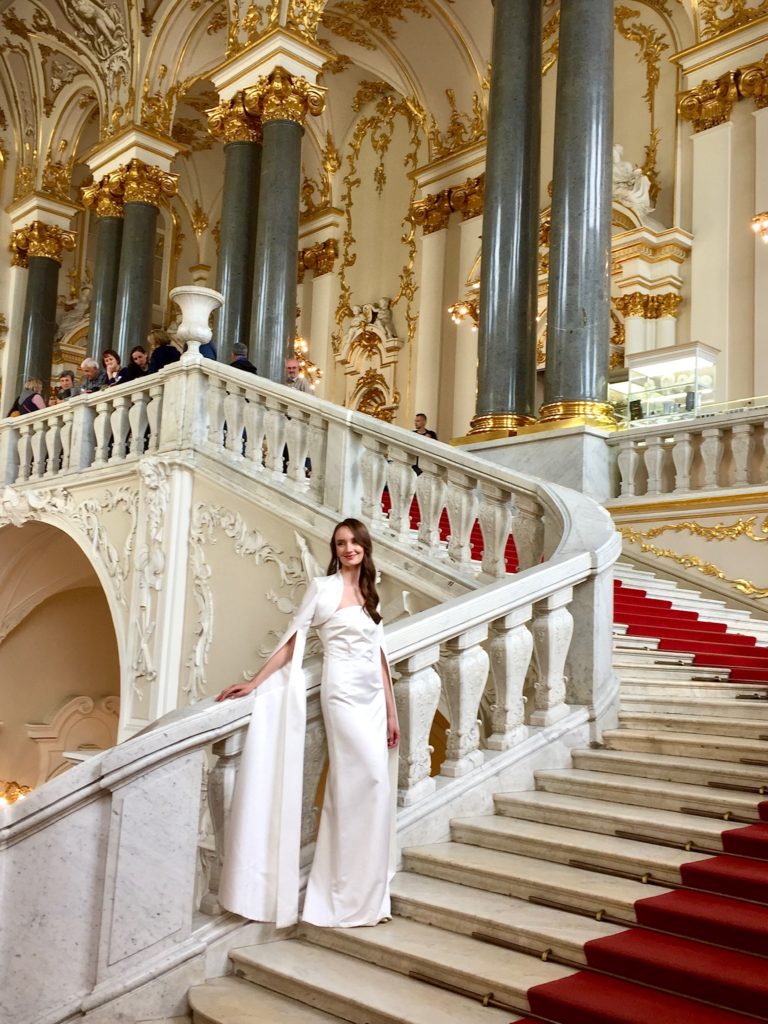
Exhibit A is attached as proof positive of this proposition the Russia = Beauty: nog only the beauty of female pulchritude but the entire Hermitage is the largest beauty bomb on Earth. If you think I am kidding, go visit and then tell me to take a hike. And I will take a hike right back to the Hermitage. The first two pictures below are of the exterior of Hermitage Museum in St. Petersburg. My camera could not capture the full length of the Hermitage as it extends out beyond the borders of the first photo below.
The Hermitage Museum is one of the premier museums in the world, along with, for example, the Louvre in Paris or the Metropolitan Museum of Art in New York. Expand the picture on the left to see the enormity of this main exhibit space of the Hermitage which was built by Czar Peter the Great (ruled 1682 – 1725) as his Palace. The huge green Hermitage was the famous “Winter Palace” of Russian lore and used by the Czars from Peter to the last Czar Nicholas II as their cozy little home, from the time of Czar Peter until the Bolshevik Revolution of 1917. The Winter Palace (aka the Hermitage main green buildings) has 1,500 (one thousand five hundred) rooms and 117 (one hundred seventeen) staircases.
You are likely to be thinking that the Hermitage, in size, scope and decor, is just so over the top, so roccoco that it crosses the line from beautiful to overblown. However, even if that is the viewers response, it is different to see the Hermitage in person. The personal experience is to be plunged into overwhelming sensory presentation of beauty, however overbaked. Plus, the thousands and thousands of art pieces on display tone down the baroque interior decor; and tone up the display of beauty. All of the individual works of art displayed in the blog post; all of this art was on display at the Hermitage. Here is some more Hermitage exhibits for your consideration curated my me, not found in this order at the Hermitage:
Russia is Beauty Exhibit “B” – Peterhof
If you think it is hard to believe that Czar Peter the Great could build a larger, more elaborate Palace in Peterhof, catch this action below. Among the Palace photos, here are the highlights of Peterhof’s famous outdoor gardens and water sculptures. These photos do need to be expanded.
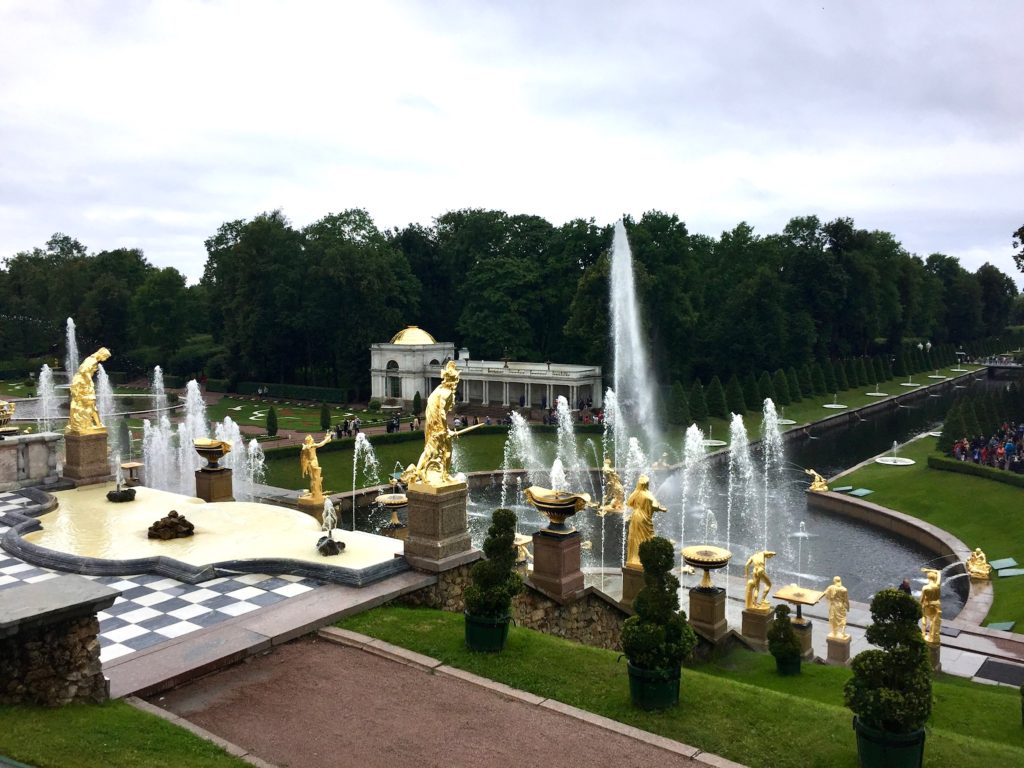
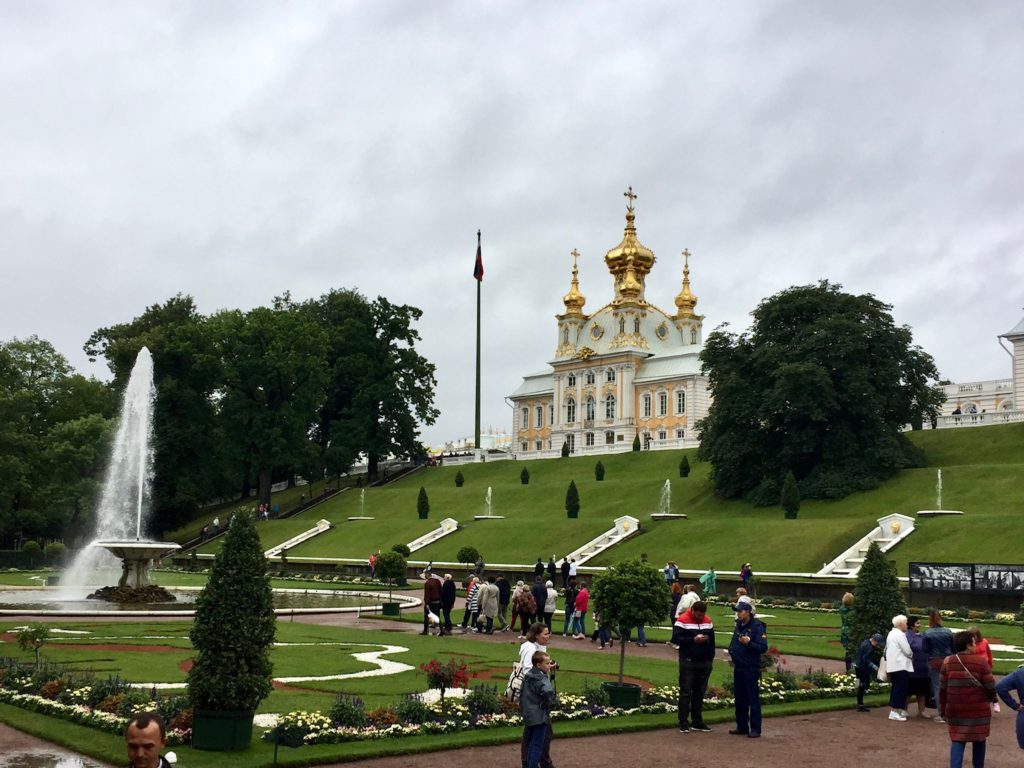
Part of the Palace Complex 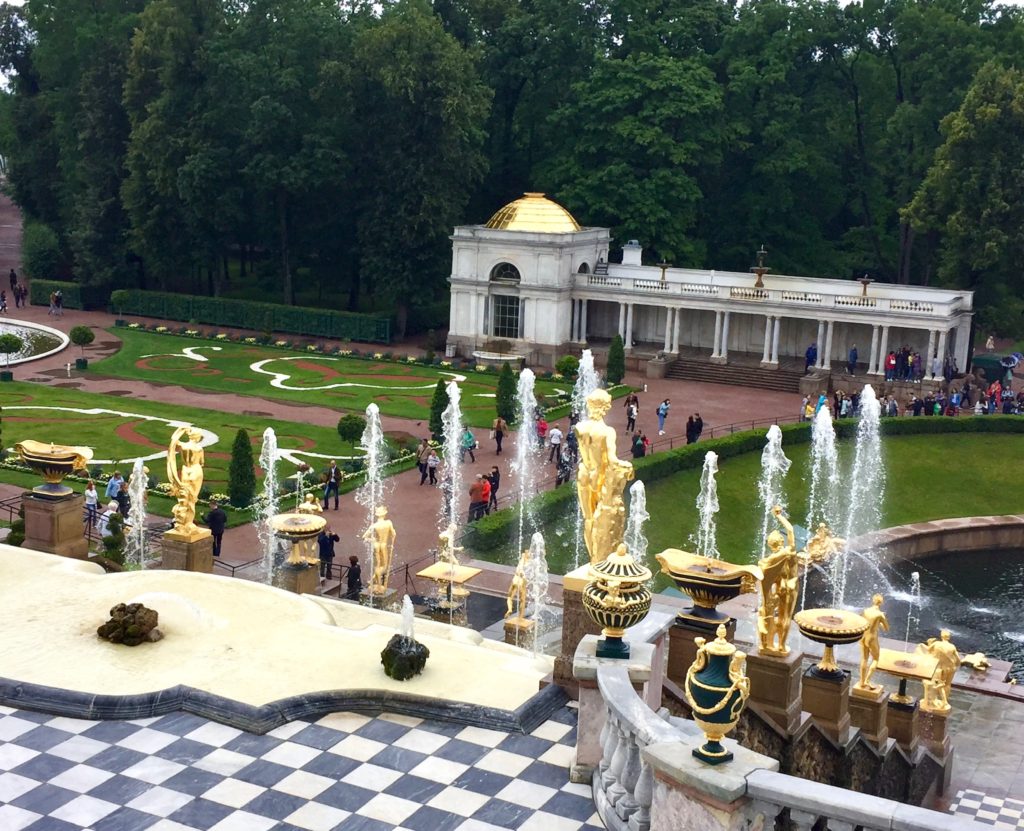
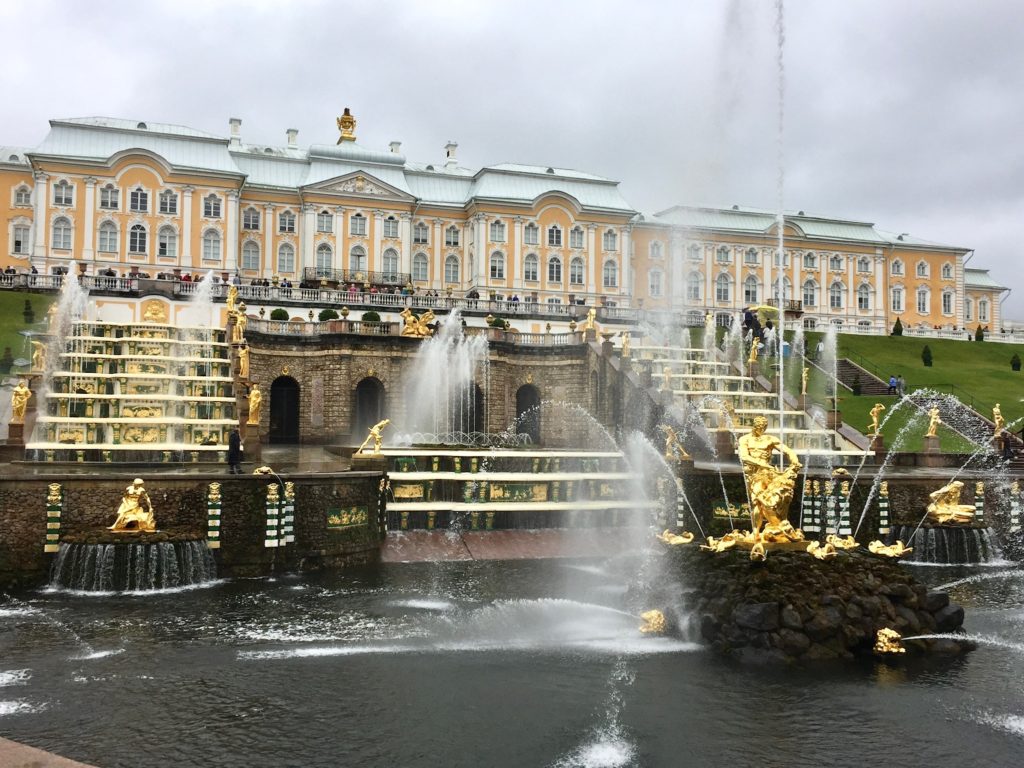
Another part of the Palace 
How much Palace did Czar Peter need? 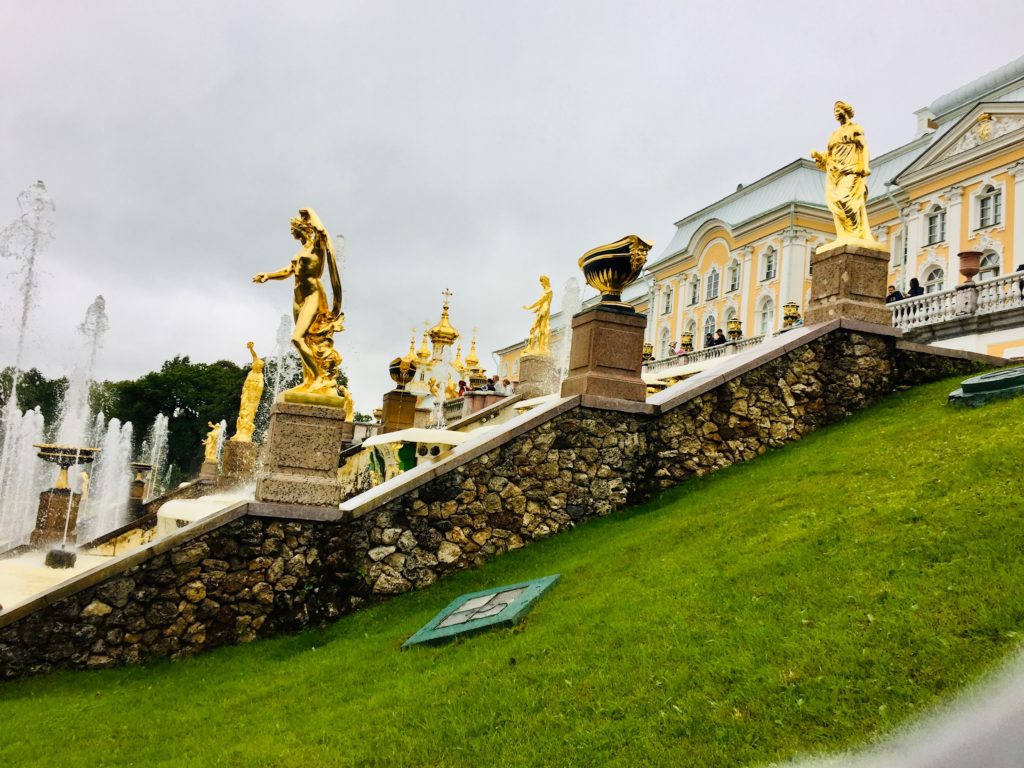
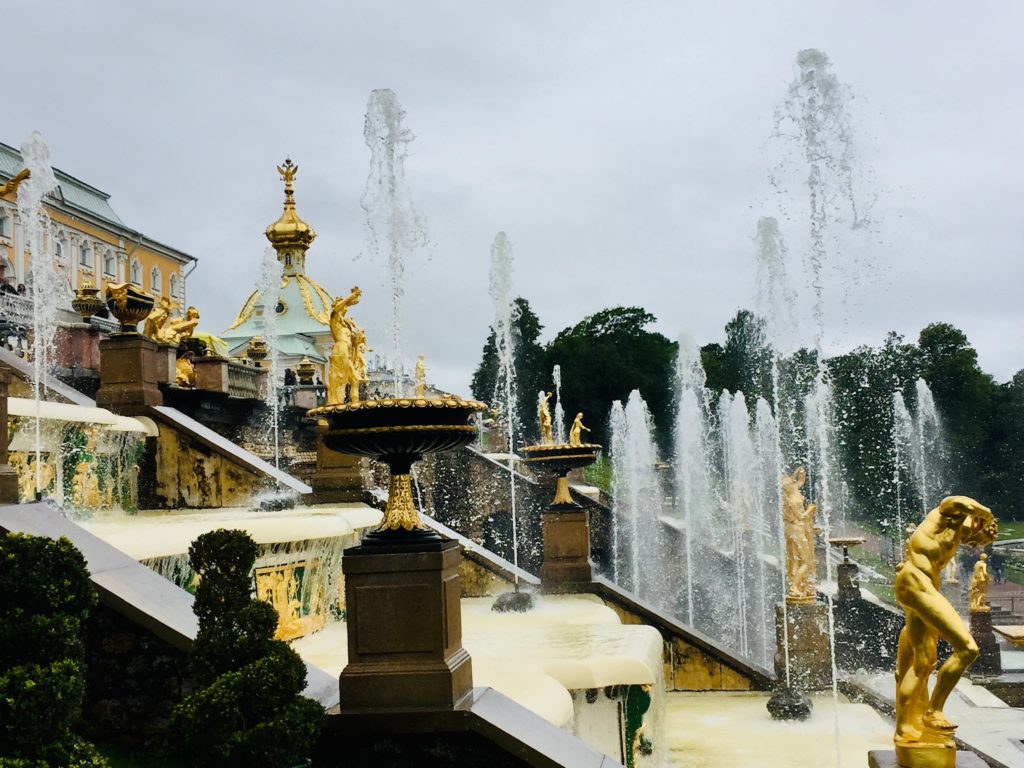
Look at this image and tell me where I fell of the beam on this one. Russia = Beauty** Thought experiment: Have you ever serendipitously stumbled onto a vision more lovely than this one? If so, we would like to hear about it.
Russia Suffers for It’s Beauty
From all of my studies of Russia, and I mean studies. — I have a lot of street cred on Russia;. By the way, I studied the Russian language part-time for awhile now. Now that I am in Russia, I am butchering the Russian language every chance I get. My new goal is to become fluent in Russian over the next few years. Why? Because it’s there. Or as John Dillinger answered when asked why he robbed banks, “Because that is where the money is.”
Never mind about that. I have, however, come to one firm conclusion. The Russians have suffered more than any other people. If you think this is hyperbole, please spend time to study the daily life of the Russian people during the panorama of their history — or perhaps just review as needed — and then tell me where I am wrong. Try reading, or reviewing, Dostoyevsky and Pushkin, also. Or better yet, read about the life of Dostoyevsky. You talk about suffering.
Even if someone brings up, “Well, if you want to talk about suffering; what about the Mayans or Incans during the time of Pizarro and hundreds of years afterwards? Or African slaves from the slave trade up to the present time, or Chinese peasants?” That’s okay to bring up these very clear examples and solid alternatives. However, I have a trump card (using “trump” in the true, card-playing sense of the word.) If a person thinks that the Russians have not suffered as much as others, then I got a one-word response: Russian Jews. If one takes the suffering of the Russians and gives it the exponent power of the suffering of the Jews, then those Russians, who are also Jews, have suffered the most throughout history. However, I am always glad to listen and learn from others. I will have an open mind if someone proposes another group and offers evidence (Gypsies, anyone?)
Russia is Beauty Exhibit “C” – the House of Faberge (Eggs)
I almost forgot. How would any description of Russia’s beauty be complete without acknowledging the most precious of all expressions of Russian beauty, culture and history: The Faberge eggs. The jewelry and art house of Faberge is the Russian equivalent to that of Tiffany’s in the USA. From 1885 to 1917, the founder Peter Carl Faberge produced exquisite art eggs for the extended Czarist family. The eggs are commonly 3” to 5” tall. Often, they could be opened to reveal a surprise: a miniature portrait, a clock or a tiny automaton. The photos below were taken at the Faberge Museum in St. Petersburg. This museum is the former “home” of the elder statesman of the Romanov family, the favorite uncle of Czar Nicholas II [I would be afraid to use the bathroom in this home as I would be eliminating into something that is elaborately carved and solid gold]
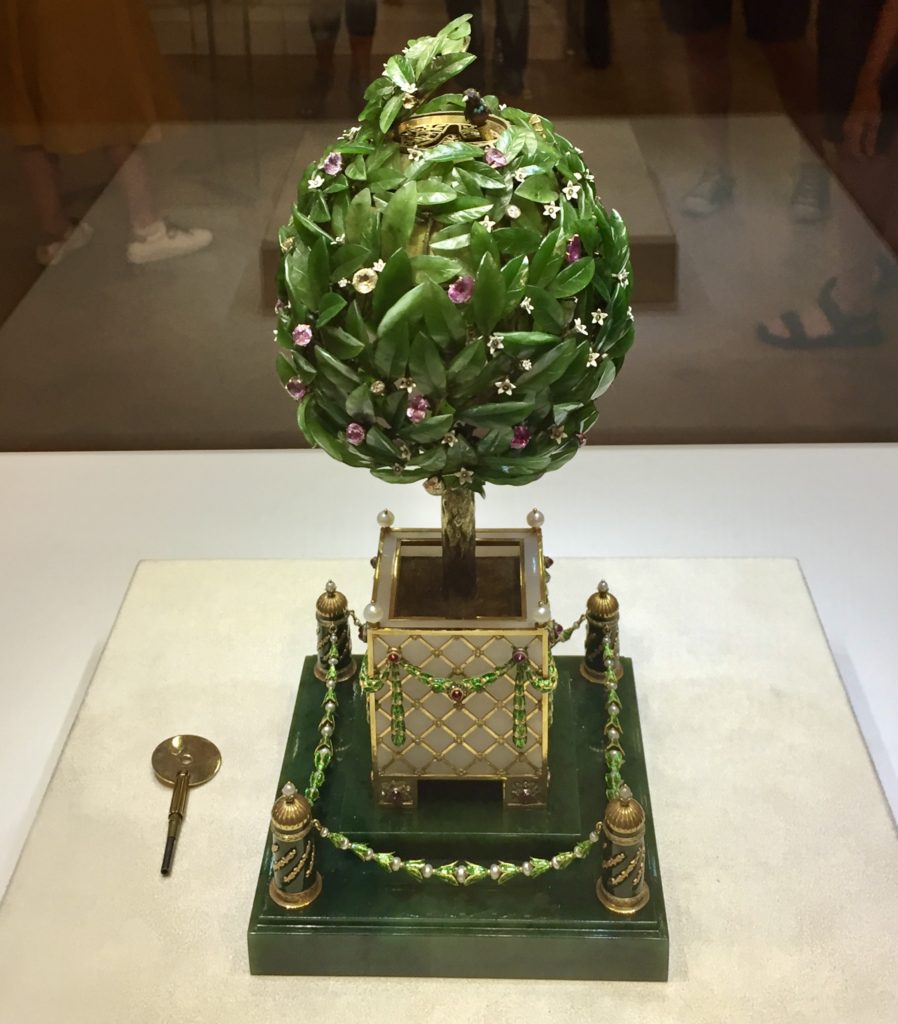
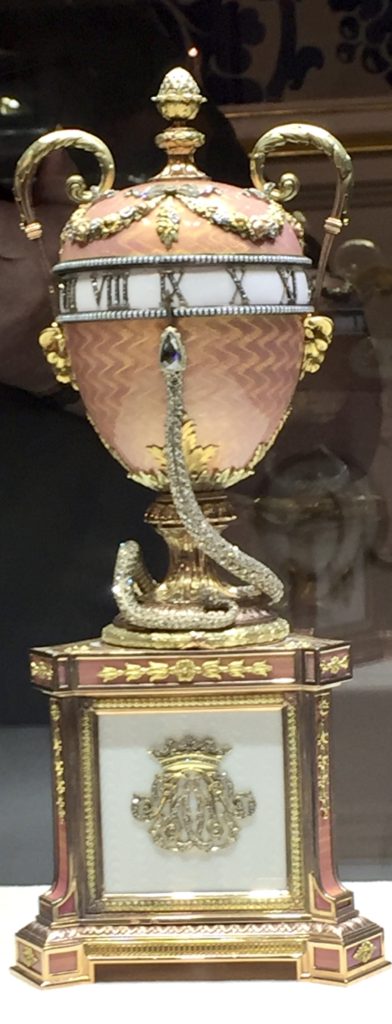
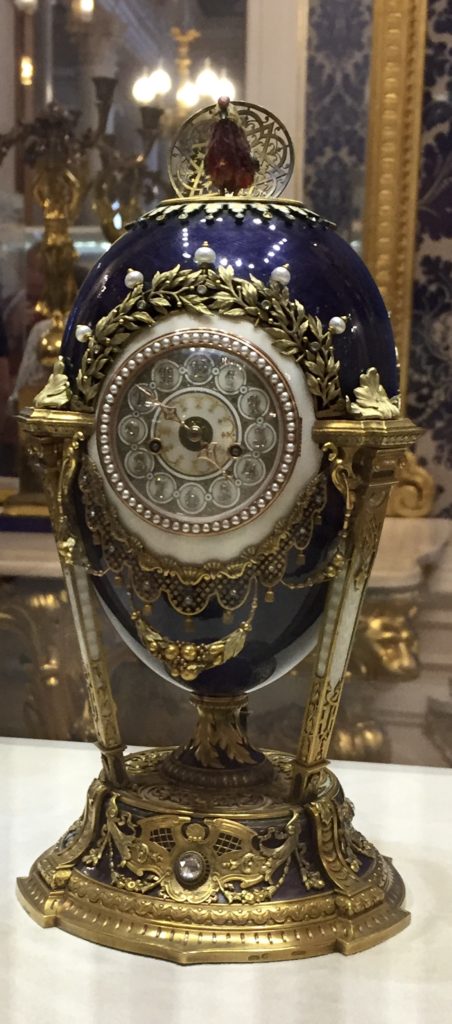
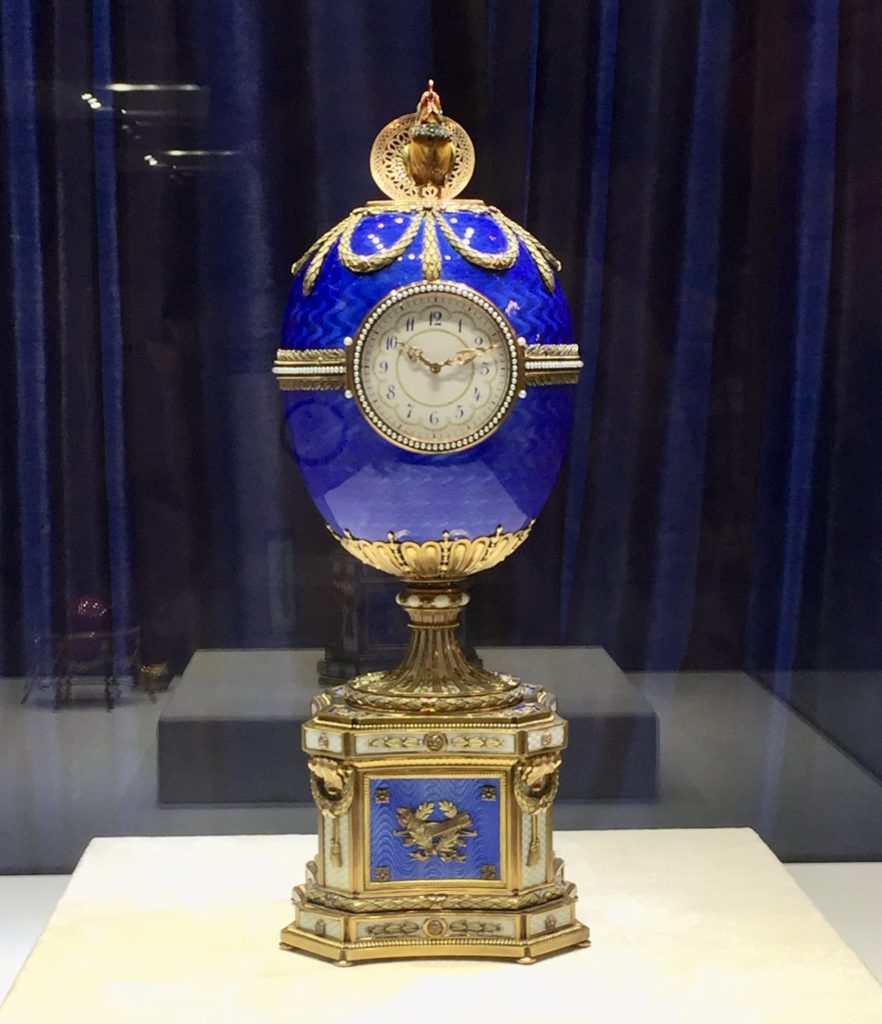
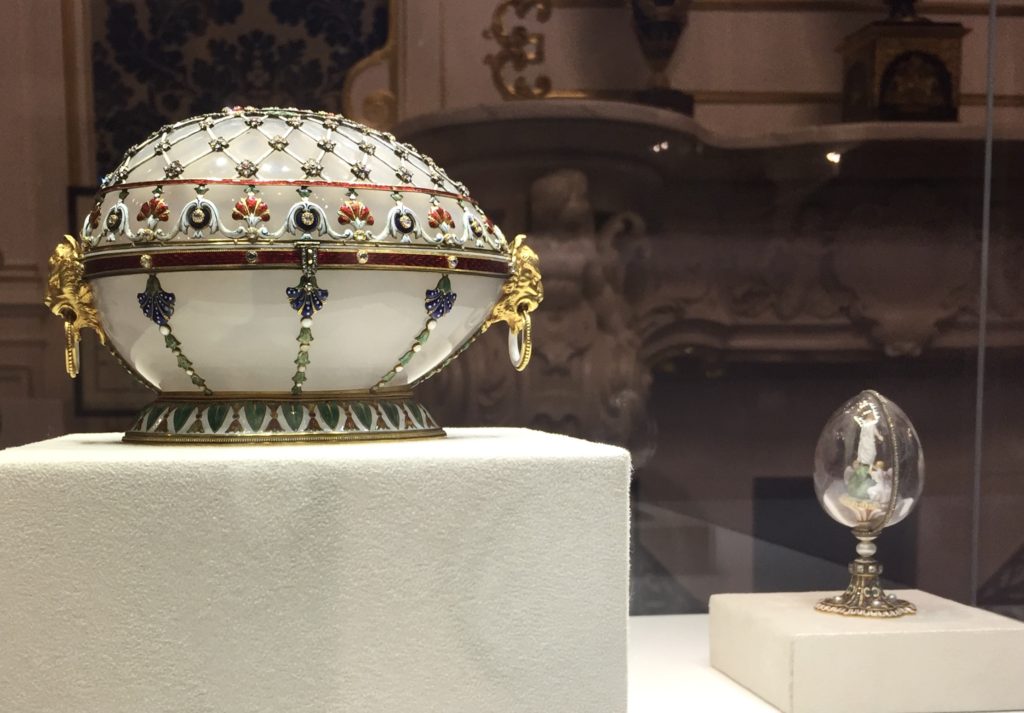
This egg contained a miniature egg on the right of this picture 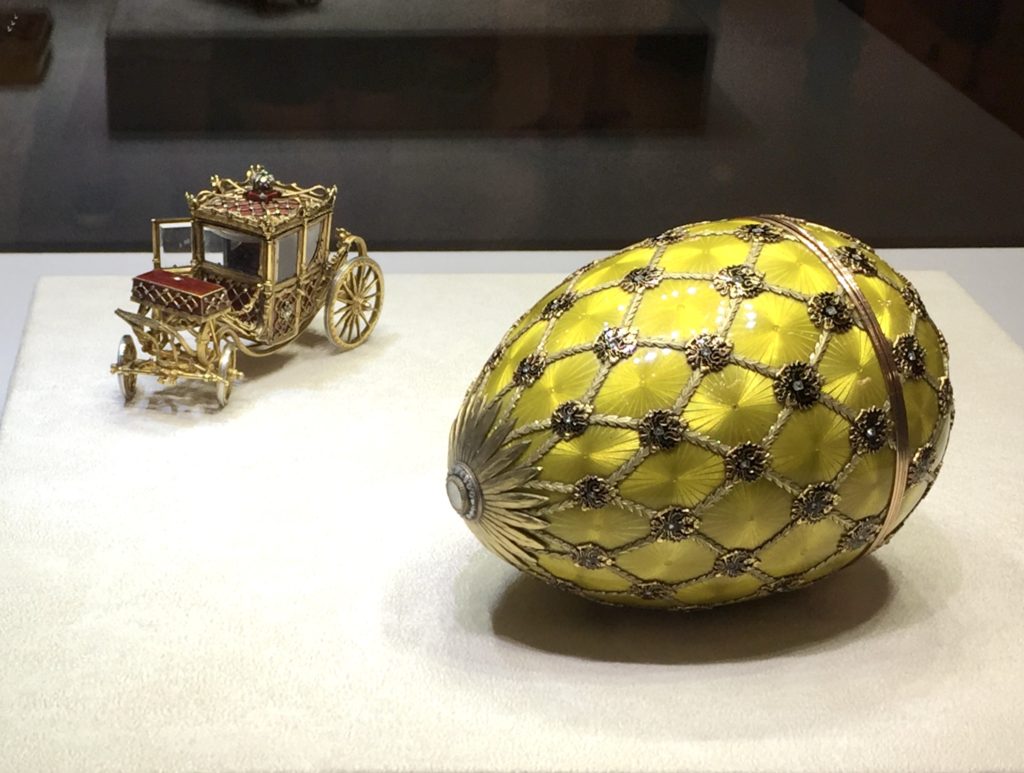
This egg contained the jeweled carriage 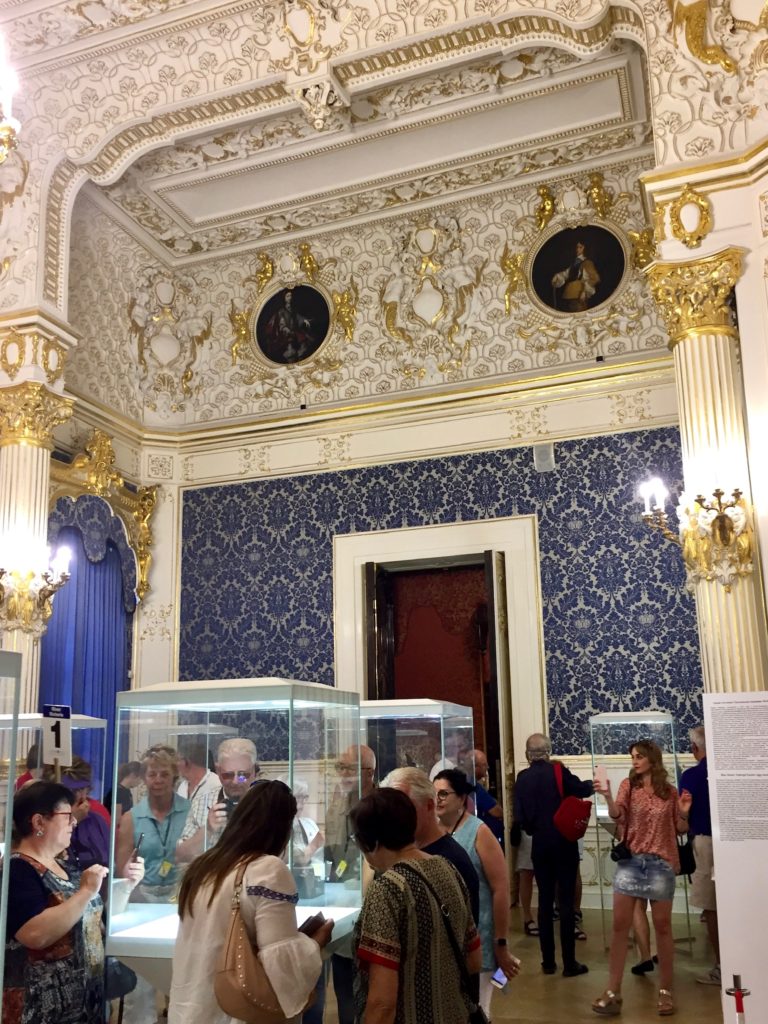
Did this posting prove my main point: Russia = Beauty?
